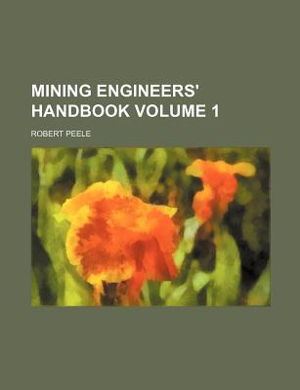
PublishedRarebooksclub.Com, May 2012 |
ISBN9781235243189 |
FormatSoftcover |
Dimensions24.6cm × 18.9cm × 4.2cm |
This historic book may have numerous typos and missing text. Purchasers can download a free scanned copy of the original book (without typos) from the publisher. Not indexed. Not illustrated. 1918 Excerpt: ...point. The // / and // 5 are read with a; a pocket steel tape graduated to feet and hundredths.
In measu of a transit it is customary to tape obliquely from the bottom of the j center of the end of the horizontal axis; this does not introduce unless the distance is short. The following table gives the correctio traded from the oblique distance as measured on a transit of which I the axis is 0.25 ft fr9m the center of the telescope: Corrections to Subtract from Oblique Measurements of H I iwn in Fig 1H is a companion instrument to the hanging hung on the same cord before or after the compass has attached to a fine fastened through ter of the arc. Owf the cord, and the r itself, it is necesdings, equidistant ose thereto as posage. If the slope a single reading will give the cor isit (Art 4), when FiR 18. Hanging Clinometer 1 angles, is operated sighting arm to its fullest extent, turning up its Ic sighting hole; also open the lid about 45. Standing le body of the instrument vertically and sight through slotted arm, and through the round hole in the edge of to a light at the next station. At the same time move ig the level vial until the bubble, as seen in the mirror, cn read the vernier on the graduated end of the arm. id clinometers are just as satisfactory for underground transits. The use of these instruments for reading vertical I, in connection with horizontal angles, since the correction 1 the reading of the other. tical angles by transit. Since vertical angles can not manner as horizontal, they must be duplicated and 1.ingle of a traverse of any importance should be read the telescope normal and once with it inverted, and er to eliminate zero error of the vertical vernier. For able to read both verniers, in both positions, and take.he average of the fo...

